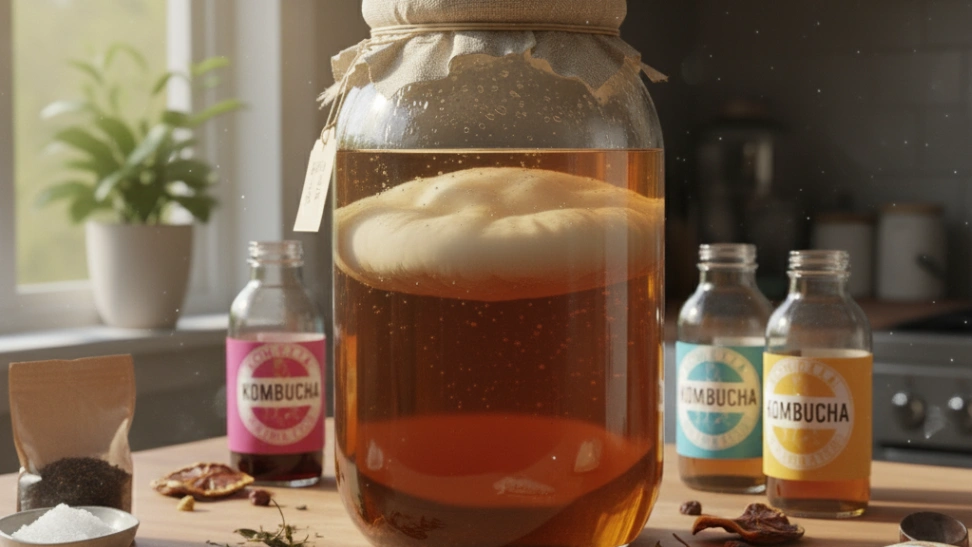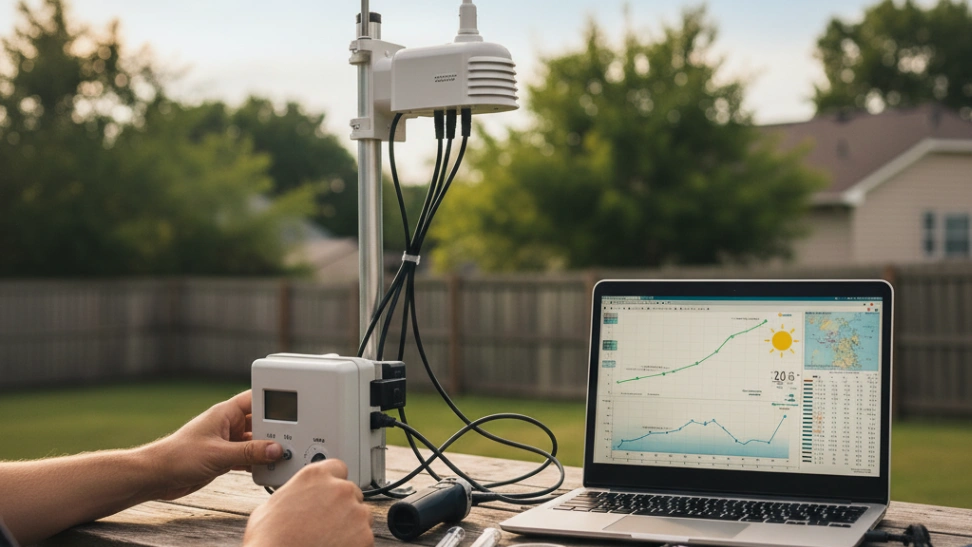Is This Hobby For You?
Ideal for health-conscious individuals who enjoy a hands-on, creative approach to fermentation and DIY beverages.
Why You'll Love It
- Endless customization with flavors, making each batch unique and exciting.
- Significantly more cost-effective than buying commercial kombucha regularly.
- A deeply satisfying and mindful process, connecting you to ancient traditions.
Good to Know Before You Start
- Requires patience, as fermentation takes time and cannot be rushed.
- Strict sanitation is crucial to prevent mold and ensure a safe brew.
- Initial learning curve for understanding the SCOBY and fermentation signs.
Hobby Traits
How the community rates this hobby.
Getting Started: The Essentials
The basic requirements to begin your journey with Brewing Kombucha.
Startup Cost
$50
Community-voted average
Ongoing Cost
Very Low
Monthly upkeep estimate
Essential Gear
SCOBY
A Symbiotic Culture of Bacteria and Yeast, the living culture that ferments the tea.
Large Glass Jar (1-gallon+)
For the primary fermentation, providing ample space for the SCOBY and tea.
Black or Green Tea
Plain, organic tea bags or loose leaf tea, free from added oils or flavors.
Granulated Sugar
Standard white cane sugar, which the SCOBY consumes during fermentation.
Cheesecloth or Coffee Filter
To cover the jar opening, allowing airflow while keeping out pests and contaminants.
Airtight Bottles
Swing-top or Grolsch-style bottles are ideal for secondary fermentation and carbonation.
Learning Curve
Overall Difficulty: Easy
Associated Skills
Skills you can expect to develop while pursuing this hobby.
A Closer Look at the Traits
Very Calm
A deeply relaxing and meditative activity with minimal physical effort.
Very Practical
Results in a tangible skill or useful item, focusing on practical outcomes.
Purely Indoors
Best enjoyed in the comfort of your own home or a dedicated indoor space.
Very Mental
A mentally stimulating activity that challenges your mind, strategy, and focus.
Mostly Creative
While there are some technical aspects, the primary focus is on creativity and self-expression.
Very Solo
A deeply personal and solitary activity, perfect for quiet time and introspection.
Frequently Asked Questions
Hobby Traits
How the community rates this hobby.



